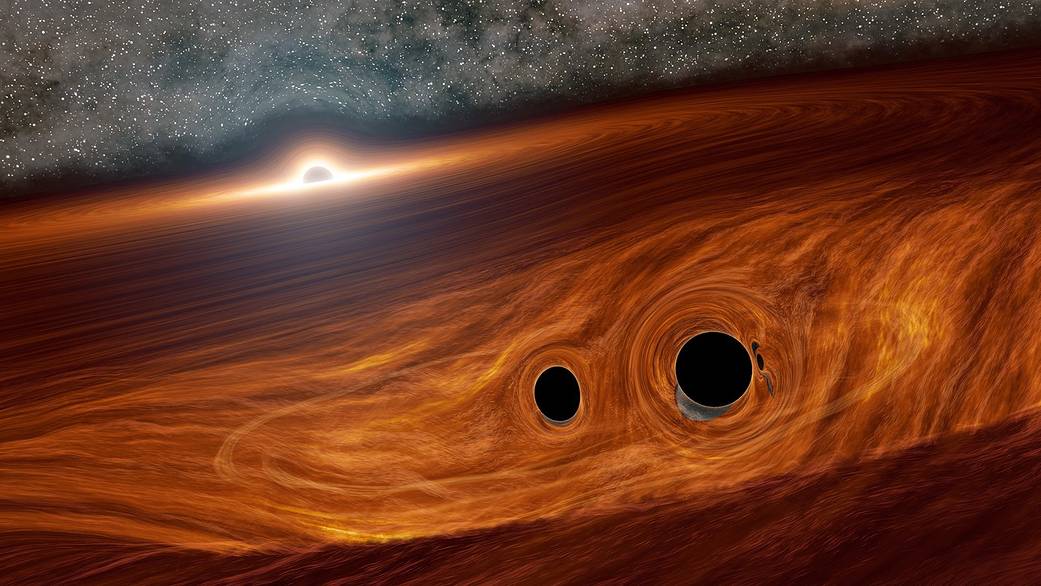Black Holes
Black holes are some of the most fascinating objects in the universe. They are formed when a massive star runs out of fuel and collapses under the force of its own gravity. The collapse is so powerful that the star’s mass is compressed into an incredibly small space, creating a singularity – a point of infinite density and zero volume. The gravitational pull of a black hole is so strong that nothing, not even light, can escape its grasp. This is why black holes are “black” – they do not emit any light.
One of the most intriguing features of black holes is the event horizon – the point of no return. Once an object passes beyond the event horizon, it is trapped by the black hole’s gravity and can never escape. This means that anything that enters a black hole is lost forever, which is why black holes are often called “cosmic vacuum cleaners.”
Despite their incredible power, black holes are difficult to observe directly. This is because they do not emit any light, so they cannot be seen with telescopes. However, scientists can observe the effects of black holes on nearby matter. For example, if a star gets too close to a black hole, it will be torn apart by the black hole’s gravity, creating a bright flare of radiation that can be detected by telescopes.
Dark Matter
Dark matter is another mystery of the universe. It is a hypothetical form of matter that is thought to make up approximately 85% of the matter in the universe. The existence of dark matter was first proposed in the 1930s, when astronomers noticed that the amount of visible matter in the universe could not account for the observed gravitational effects on galaxies.
Dark matter does not interact with light, so it cannot be seen directly. However, its presence can be inferred from its gravitational effects on visible matter. For example, the rotation curves of galaxies – the speed at which stars orbit around the galaxy’s center – cannot be explained by the visible matter alone. Dark matter is thought to be responsible for the extra gravitational pull that keeps the stars in their orbits.
Despite decades of research, scientists still do not know what dark matter is made of. It is thought to be composed of particles that do not interact with light or other forms of electromagnetic radiation. Many different particles have been proposed as candidates for dark matter, but none have been directly detected yet.
Conclusion
Black holes and dark matter are two of the biggest mysteries of the universe. Although scientists have been studying these phenomena for decades, there is still much that we do not know. However, through continued research and observation, we can hope to unravel the secrets of the universe and gain a deeper understanding of the cosmos. Black holes and dark matter are just two of the many wonders waiting to be discovered in the vast expanse of space.


